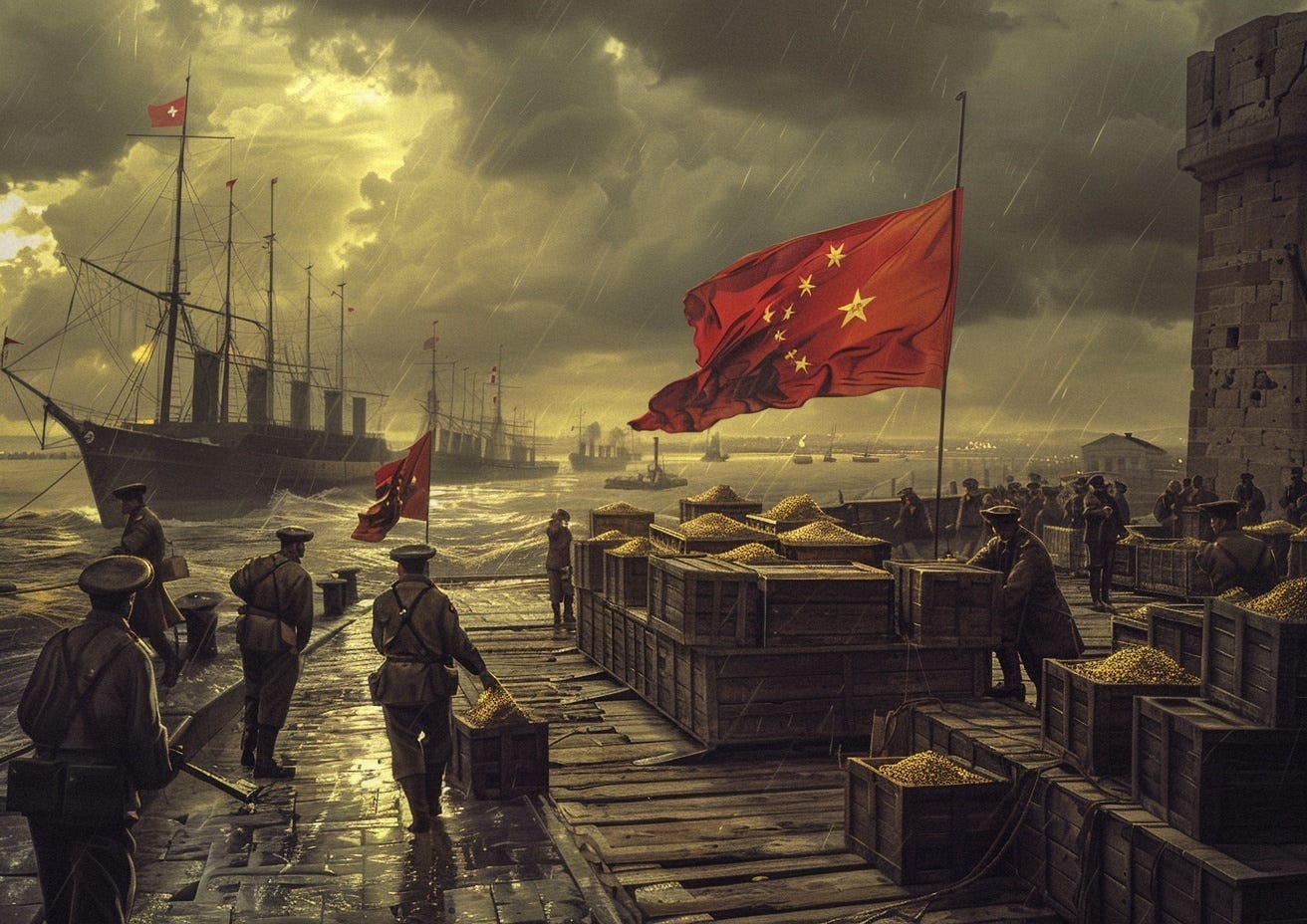Podcast Episode Details
Back to Podcast Episodes
Trust Me, I’m Stalin
“They will never see their gold again, just as they do not see their own ears.”Josef Stalin
Gold’s strength is that its value exists in and of itself. It’s nobody else’s liability. Unlike money in the bank or a bond, it carries no promise from a third party, and its value is not dependent on the creditworthiness of any issuer or guarantor. Hand it to someone else and its value is transferred. It is a “bearer” asset, effectively owned by whoever has possession of it. For this reason gold has been the target of many a heist. Quickly resmelt it, and its provenance is very hard to prove.
So there is one obvious problem with gold: that is keeping it safe. It’s all very well having a pot of gold, but if somebody comes along and takes it from you, as Alexander did from the Persians, or the Conquistadors from the Incas, then you’re left with nothing at all.
When the Spanish Civil War broke out in 1936, the Soviet Union, under Joseph Stalin, supported the Spanish Republican government. The Nazis supported their opponents, the revolutionary fascist forces led by General Franco. At the time Spanish gold reserves, some 635 tonnes, were the fourth largest in the world.
Much of that treasure had been accumulated during WWI, when Spain had stayed neutral. Selling stuff to the British seems to have been the really big earner: 70% of Spanish gold holdings were British sovereigns.
With Franco just 20 miles from the capital, the Republicans were on the verge of defeat. Never mind the fascists, there were also rumours that Catalan separatists had hatched plans to take the gold from Madrid to Barcelona. All that gold was at risk.
Finance minister, Juan Negrín, and Prime Minister, Francisco Largo Caballero, leant on President Azaña to sign a secret decree to move the gold - some 10,000 cases - to a place “which in his [Negrín’s] opinion offers the best security”. Azaña signed and the gold was moved, starting the next day, to Cartajena on the south coast, as far from Franco’s armies as possible. The Spanish soldiers who transported the cases thought they were lifting munitions. A fifth of it was then shipped to Marseille where it was traded for French francs, which the Republicans used to fund their side of the war. The rest, 510 tonnes, would be sent to Joseph Stalin in Moscow for safekeeping.
Even if Bolshevik sympathisers, what were Negrín and Caballero thinking? The Russians had already demonstrated that they had no qualms about seizing other people’s gold. In 1916, the Romanian government sent its treasury of 91 tonnes of gold to Tsarist Russia for safekeeping, worried that it was vulnerable to the Central powers when Romania had just joined WWI on the side of the Entente. Shortly afterwards, during the Great October Revolution, communists, led by Lenin, seized power, sequestered the gold and refused to give it back. Though small amounts were returned in 1935, 1956, and 2008, “as a gesture of goodwill”, the large majority was retained. As you can imagine, it has been something of a sore spot in diplomatic relations between the two nations ever since.
It seems Negrín and Caballero did not know the story. In any case, Caballero actually wrote to Stalin asking if he would “agree to the deposit of approximately 500 tonnes of gold.” Two days later, he got a reply from the Soviet leader, not previously known for his prompt responses. No surprise: Stalin would be “glad” to take the gold.
Buying gold or silver to protect yourself in these ‘interesting’ times? The bullion dealer I use and recommend is Published on 3 weeks ago